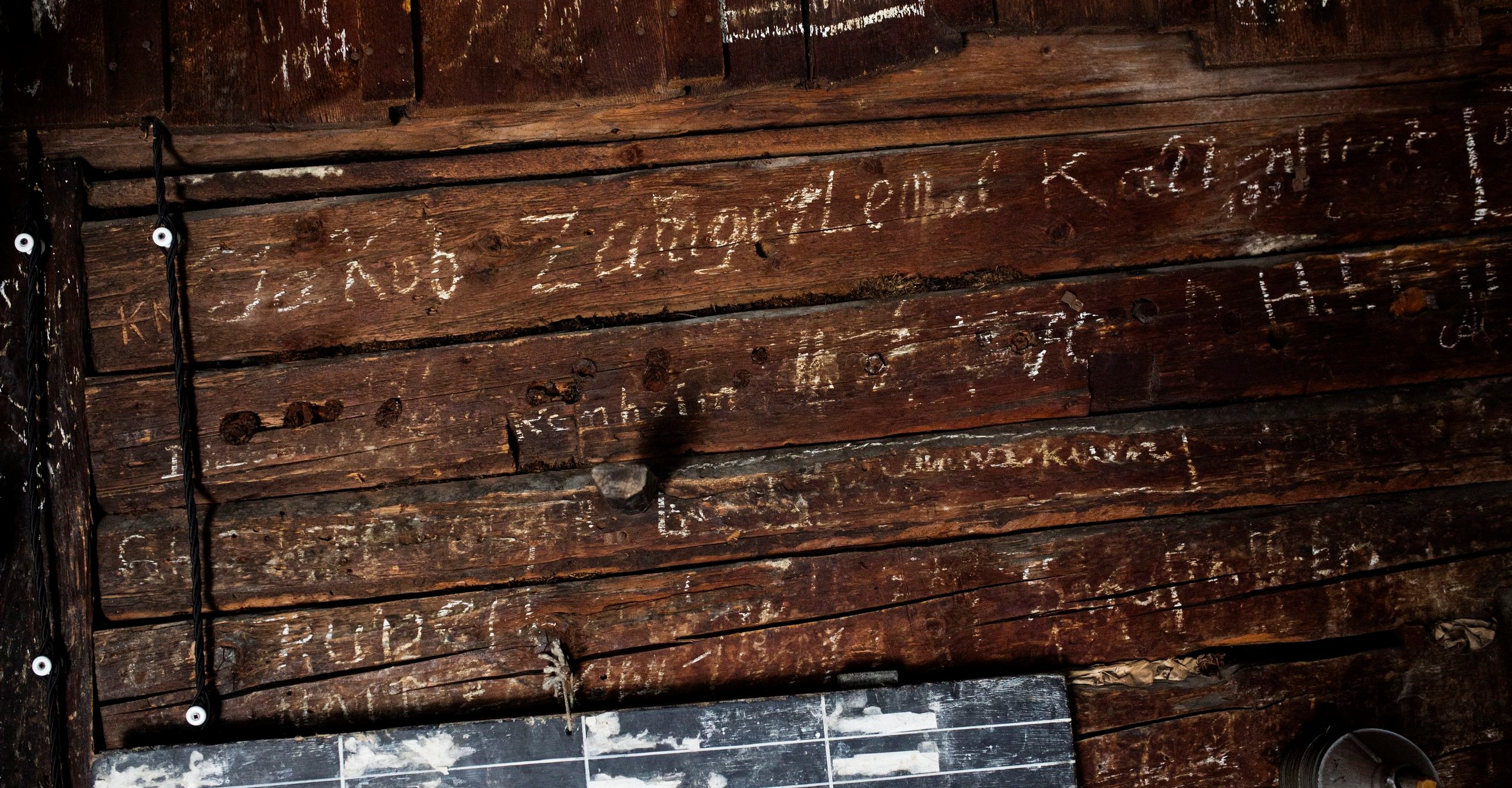Thanks to its favourable location between Germany and Italy, the people of Tirol have always been attuned to caring and catering for travellers. Well-run inns and other services to facilitate travel sprang up along the most important alpine transport routes several hundred years ago. The mountains may have been an obstacle for merchants and pilgrims back then, but over time, they have developed into an important holiday destination for tourists. Today the province is a veritable holiday haven and popular destination for innumerable people from Tirol and abroad.
History of Tourism in Tirol
A journey through time in Tirolean tourism
Explorers discover Tirol and visit the country to learn more about its nature and the customs and traditions of its inhabitants. Englishmen are particularly keen to meet compatriots of the freedom fighter, Andreas Hofer.
(Photo: Ferdinandeum Tirolean Provincial Museum)
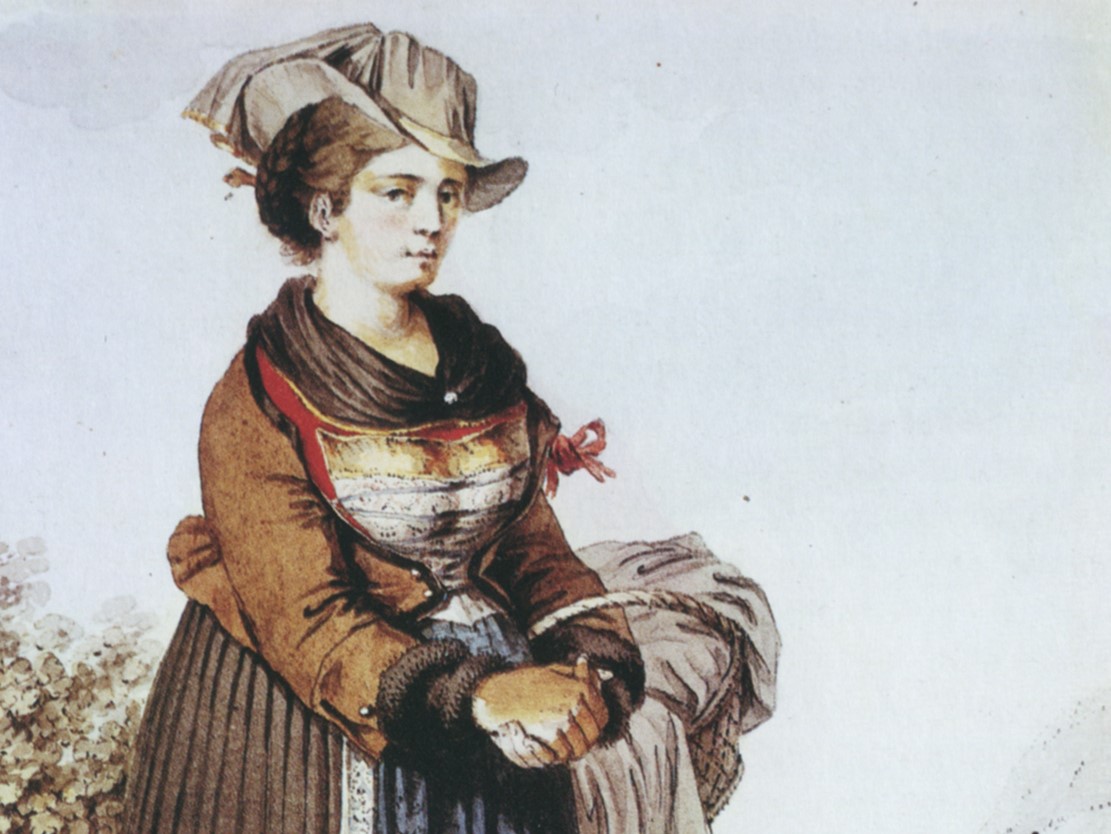
The summer resort attracts increasing numbers of city dwellers to find refreshment in the Tirolean mountains during the hot summer months. The first travel guides for Tirol are published. At the same time, ancient Tirolean rural baths develop into internationally frequented spas, thanks to their healing mineral spring waters.
(Photo: Forcher Collection, Innsbruck)
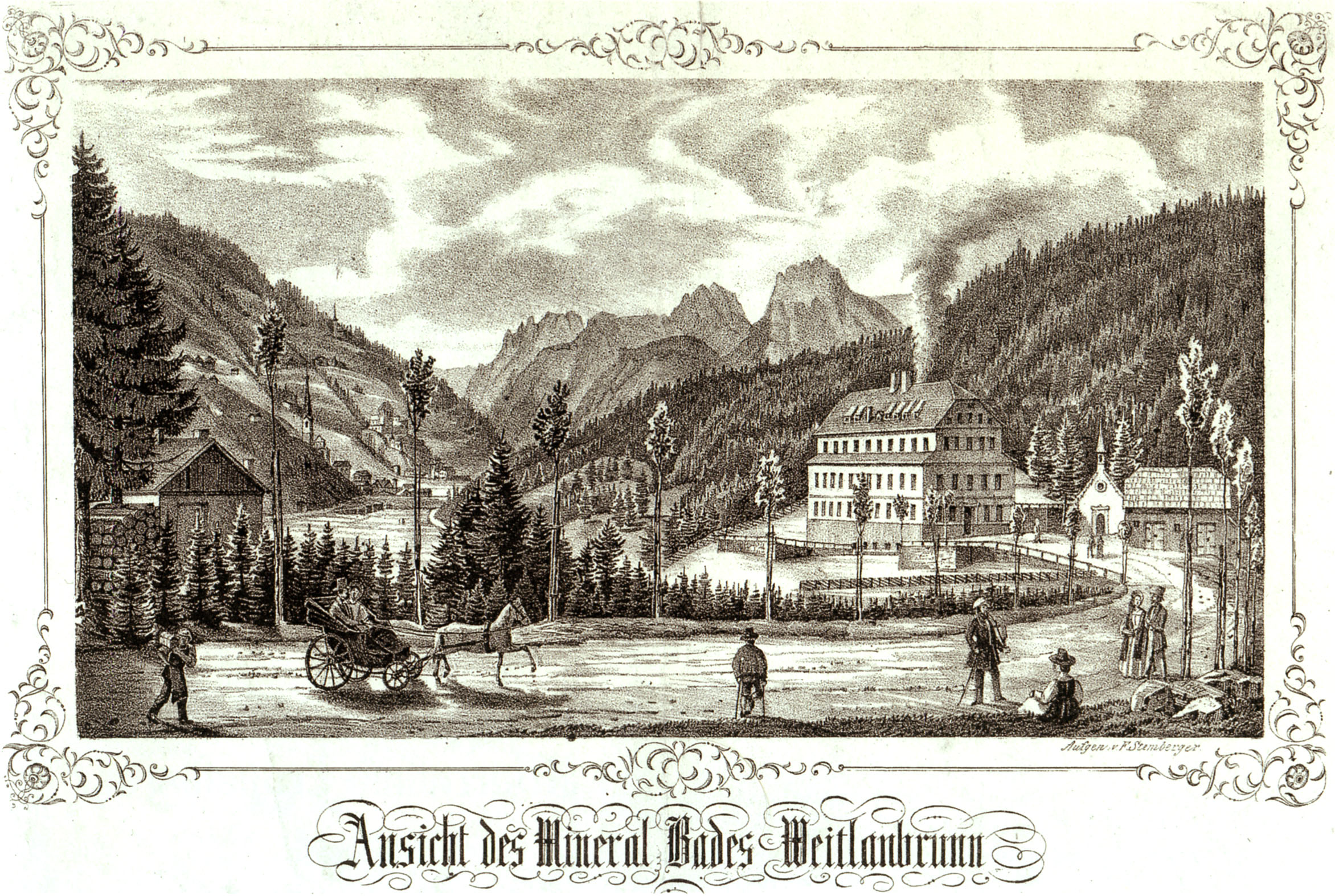
Alpinism becomes the second mainstay of tourism alongside summer resorts and spas. Ötztal priest, Franz Senn, carries out pioneering work in developing paths and refuge huts in the Tirolean mountains. The opening of the Brenner Railway and construction of other significant railway lines (1867-1884) makes it easier to travel to Tirol and massively boosts the development of tourism.
(Photo: Forcher Collection, Innsbruck)
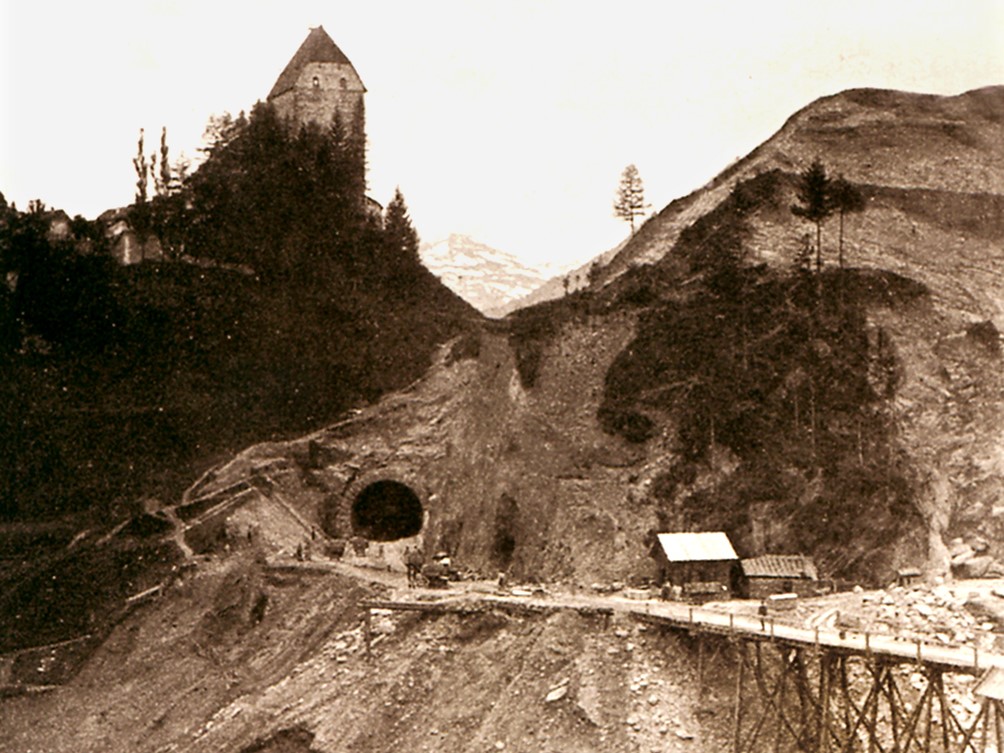
To better meet the needs of travellers, the tourism industry begins to get organised. The first beautification associations are established. The oldest date back to around the 1870s. In 1889 a provincial association of all tourist associations and institutions is founded, the predecessor to Tirol Werbung.
(Photo: Tirolean Provincial Archives, Innsbruck)
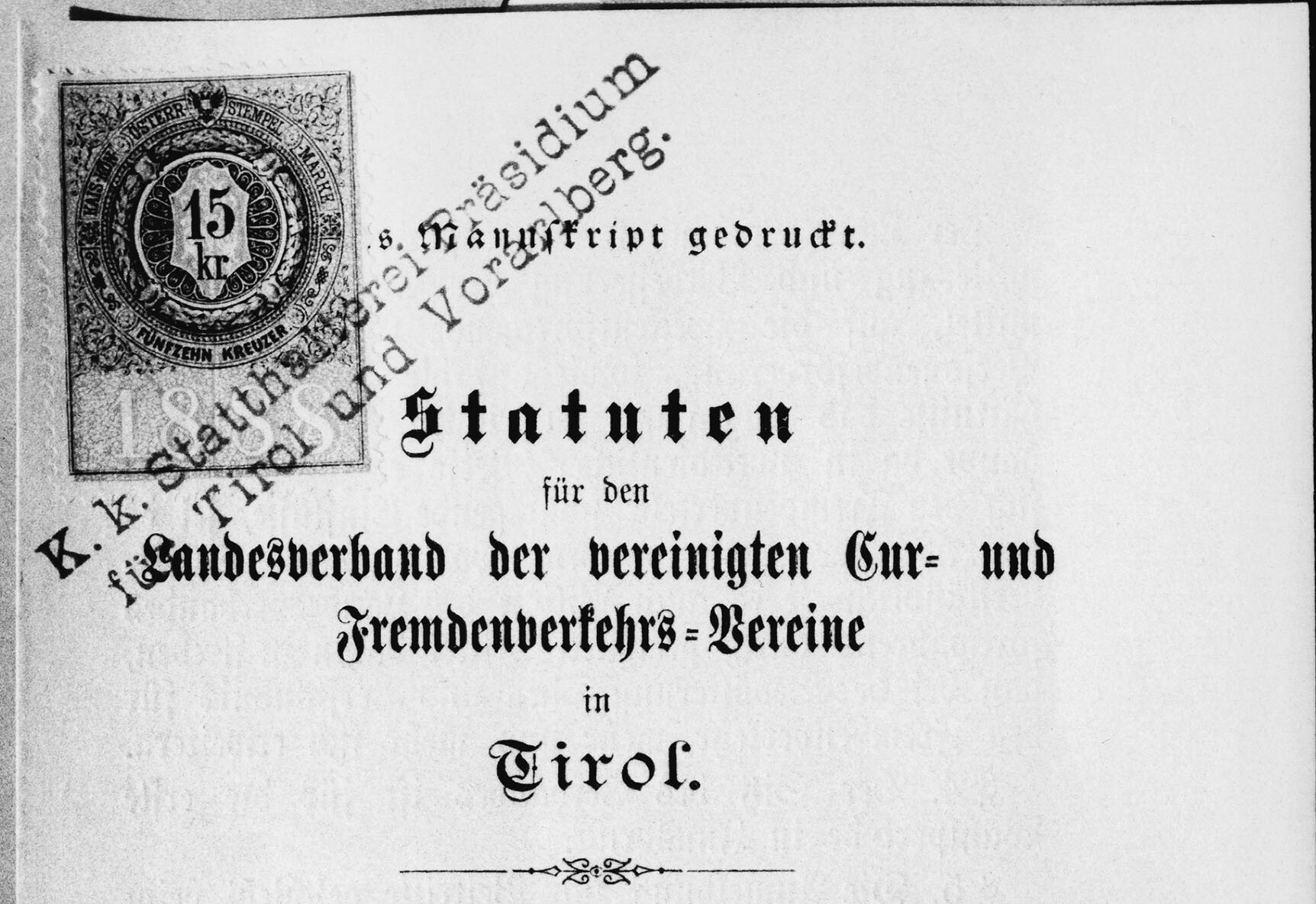
The winter season is "discovered" for tourism. At the turn of the century, a good dozen destinations invite visitors to take part in activities such as skiing, ice skating or tobogganing. However, before the First World War, only very few resorts succeed in developing this second season into a significant source of revenue. The most important winter destinations are Kitzbühel and St. Anton am Arlberg, where the first ski club was founded in 1901.
(Photo: Ferdinandeum Tirolean Provincial Museum)
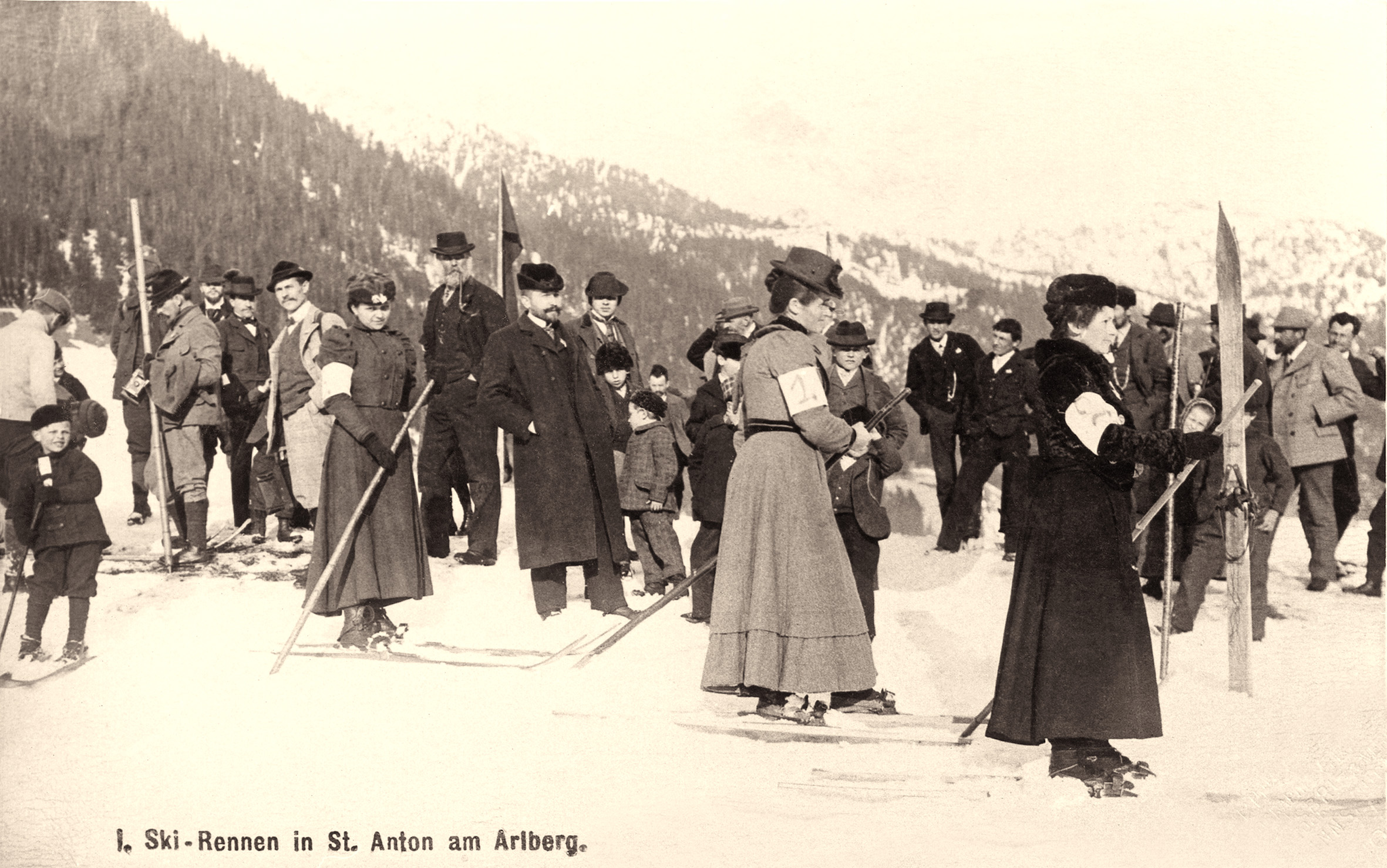
Tourism has developed into an important mainstay of Tirol's economy. The provincial parliament takes this development into account and enacts a tourism law, a novelty in the Austro-Hungarian Monarchy. It regulates the most important issues concerning tourism and its promotion.
1910The outbreak of the First World War in 1914 also has devastating consequences for tourism. Severance of the southern part of the province (South Tirol), which is much better developed in terms of tourism, is particularly disastrous for Tirol. It is not until the mid-1920s that things return to some semblance of normality.
(Photo: Forcher Collection, Innsbruck)
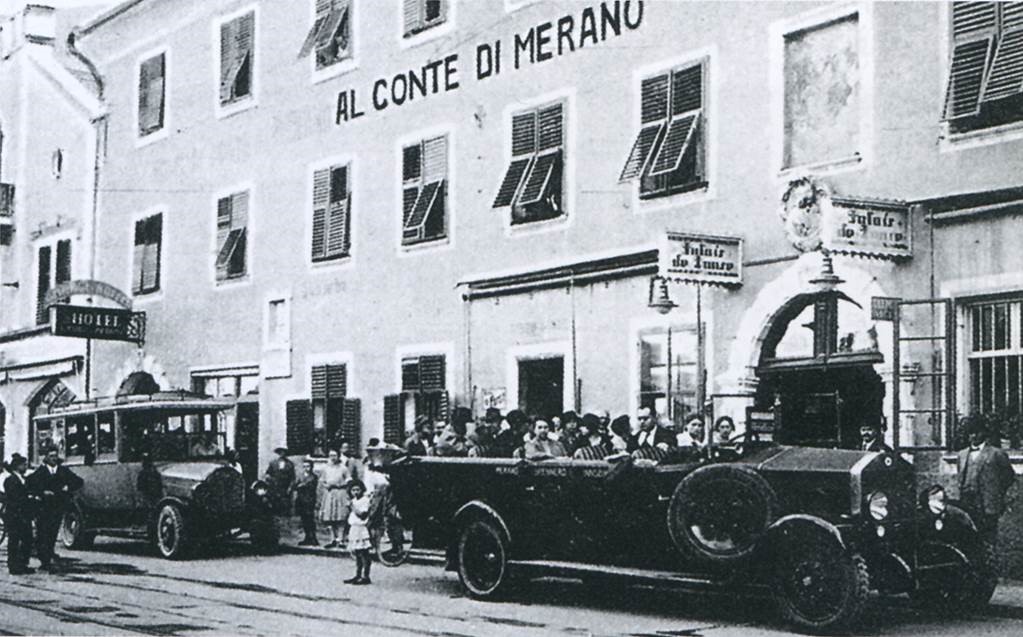
The first cable cars are built at the end of the 1920s: from Ehrwald to the Zugspitze, from Kitzbühel to the Hahnenkamm and from Innsbruck to the Patscherkofel and Hafelekar mountains. Expansion of the road network and opening of Innsbruck Airport further stimulate developments in tourism. The winter season plays a major role in the upswing of tourism. The first ski races, the founding of ski clubs and ski schools as well as the successes of local ski racers consolidate Tirol's reputation as a winter sports destination.
(Photo: Ferdinandeum Tirolean Provincial Museum)
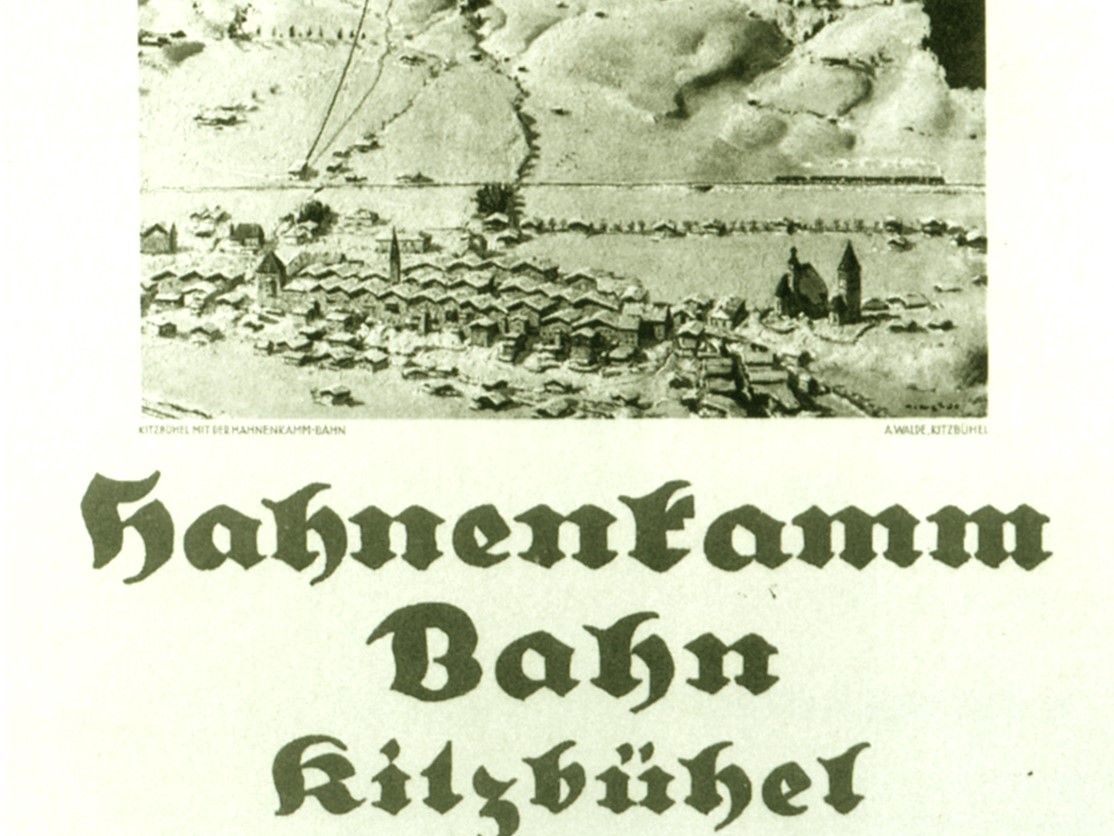
The upward trend in tourism comes to an abrupt halt at the beginning of the 1930s. The world economic crisis is heading towards its zenith. But matters get even worse: the National Socialist government in Germany issues a decree according to which every Reich German intending to travel to Austria must pay a fee of 1,000 Reichsmarks. This "1,000-mark ban" effectively ends the inward flux of guests from Germany.
1930sThe annexation of Austria to the German Reich in 1938 creates completely new conditions: German holidaymakers suddenly travel to Tirol in their droves again. This, however, is only a brief resurgence. With the outbreak of the Second World War in 1939, Tirol is plunged with the rest of the world into the horror and misery of this dark period.
(Photo: Tirolean Provincial Archives, Innsbruck)
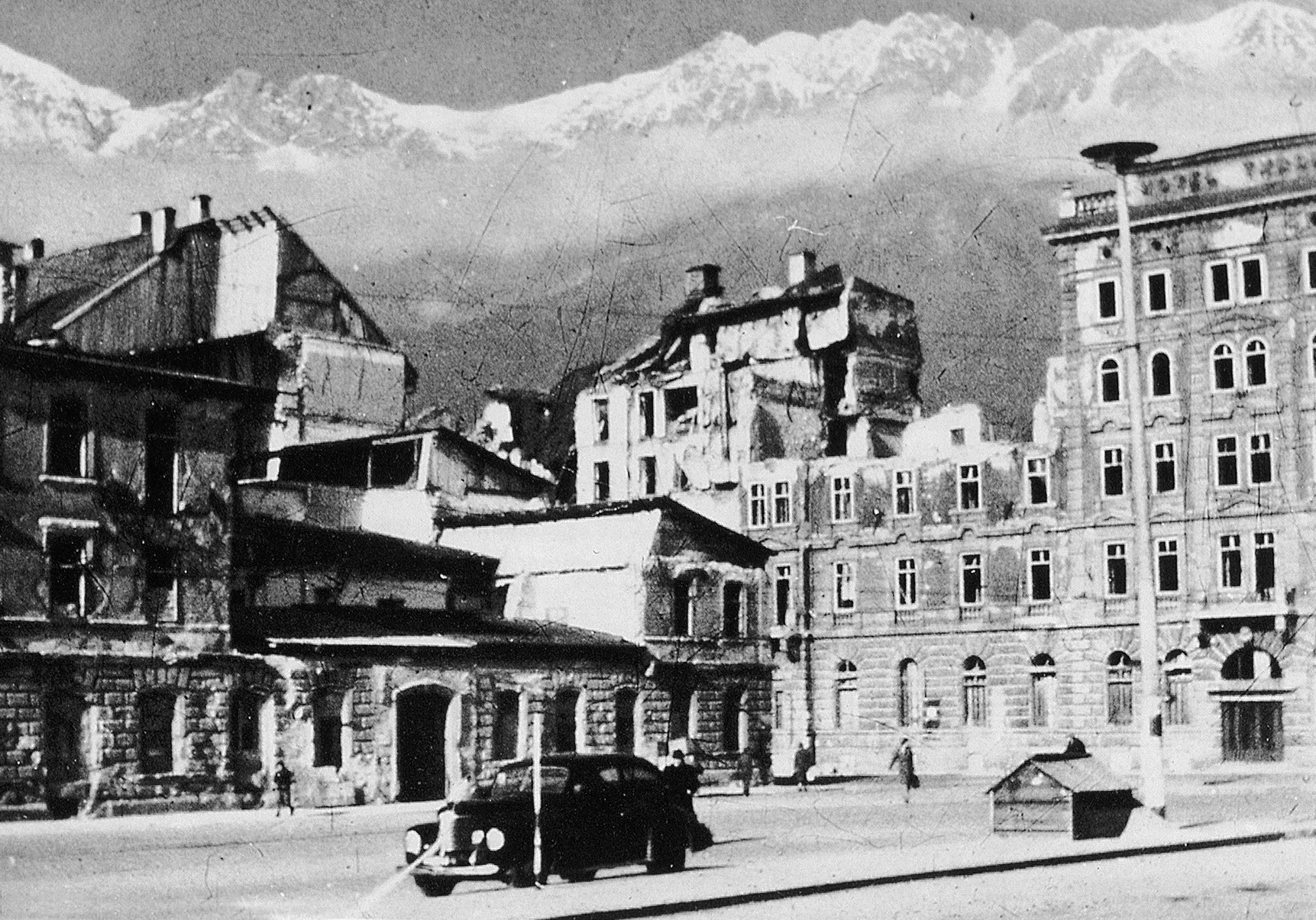
The 9th Winter Olympics take place in Innsbruck in 1964 and project Tirol's reputation as a winter sports country onto the global stage. Only twelve years later the Olympic fire burns in Innsbruck for a second time. The Tirolean capital steps in at short notice as a substitute venue for Denver. These Winter Games go down in sporting history as "the easy Games" because not a single new sports facility has to be built.
(Photo: Forcher Collection, Innsbruck)
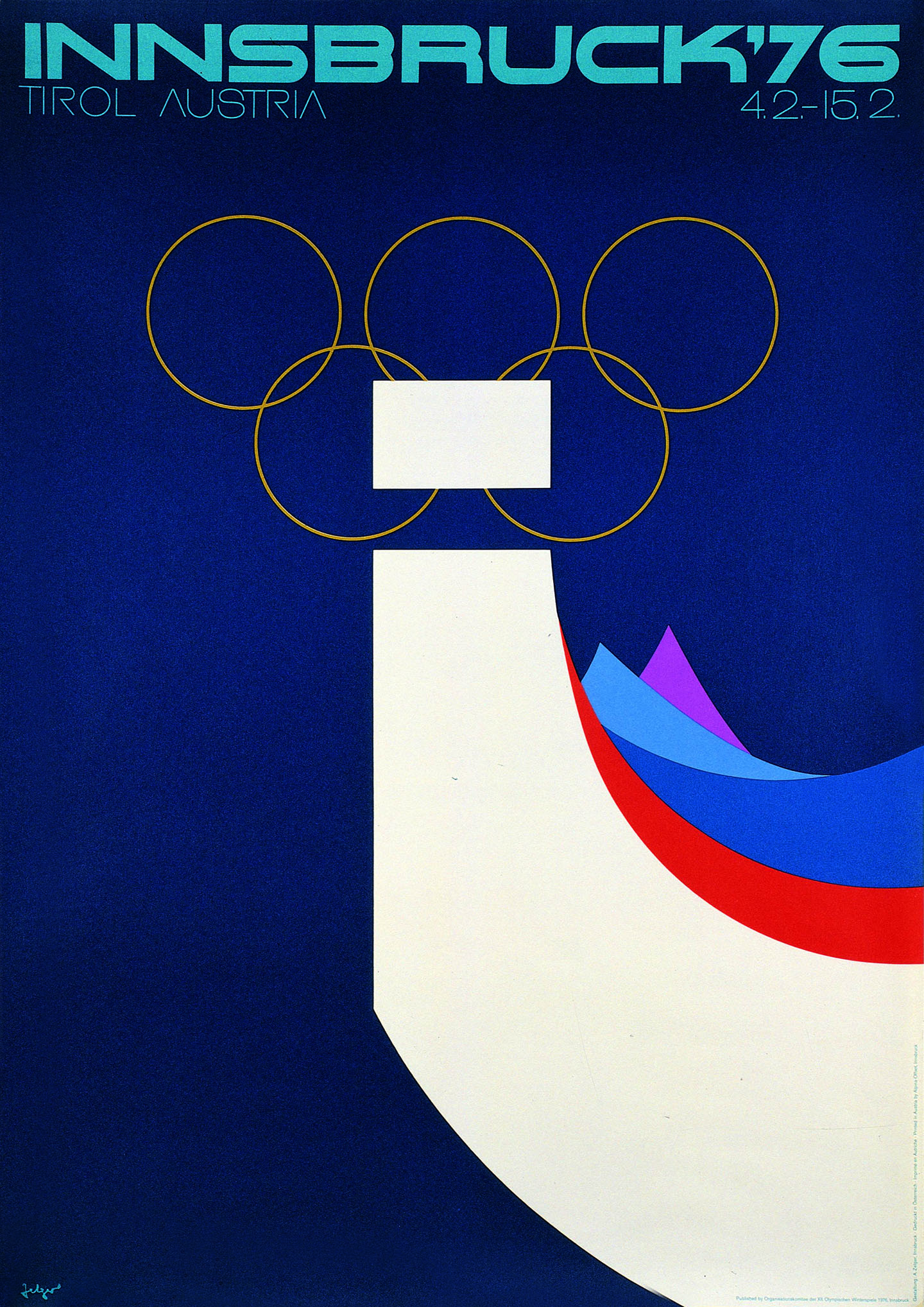
The winter season gains momentum: for the first time, the number of winter overnight stays (19.4 million) is almost as high as the number of summer overnight stays (19.5 million).
(Photo: Wintersport Tirol AG Innsbruck)
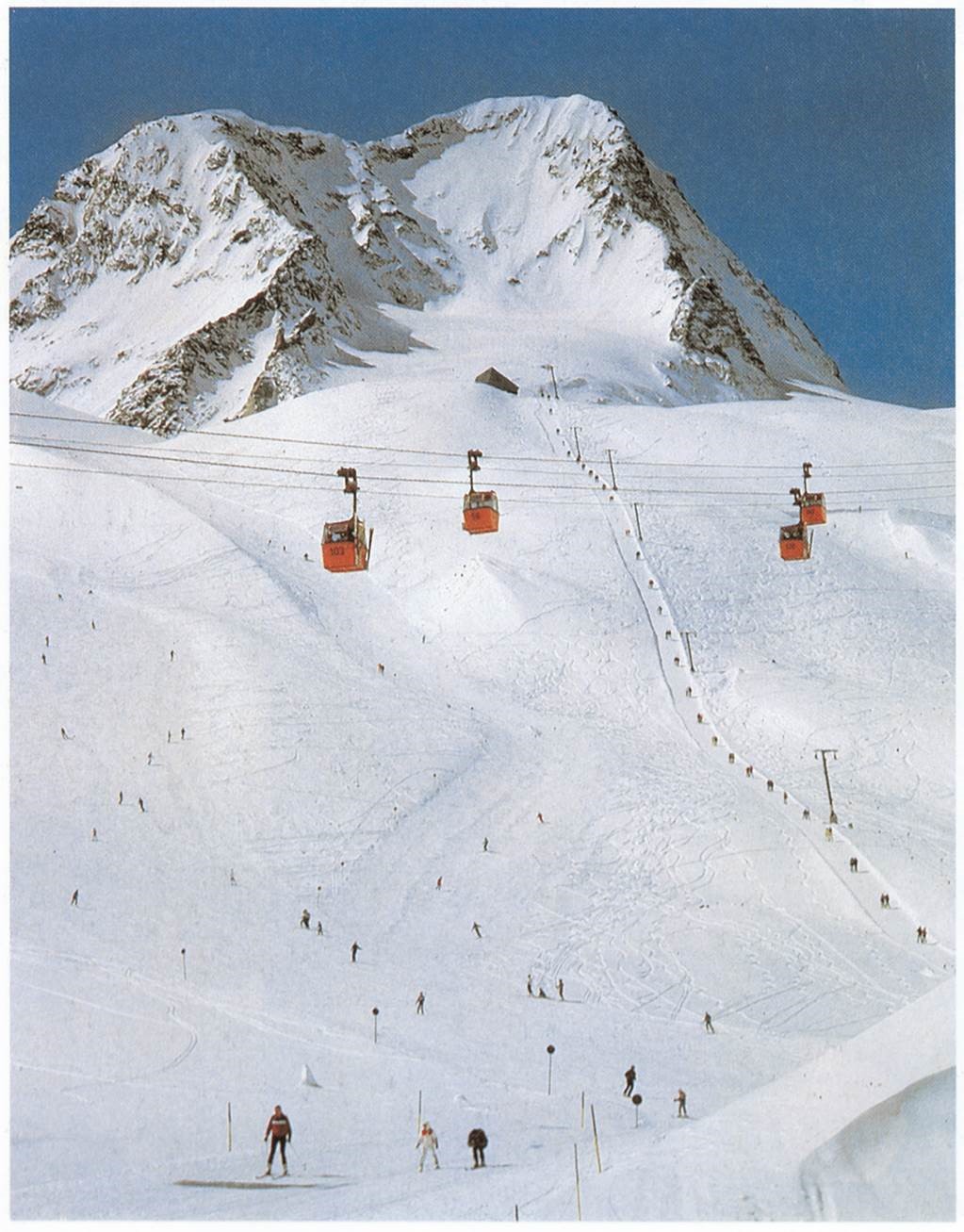
“The New Tirolean Way” strategy paper contains ground-breaking milestones for the competitive development of Tirolean tourism. This includes a structural reform which lays the foundation for the merger of the former 254 tourism associations into 34 regional units.
(Graphic: Tirol Tourist Board)
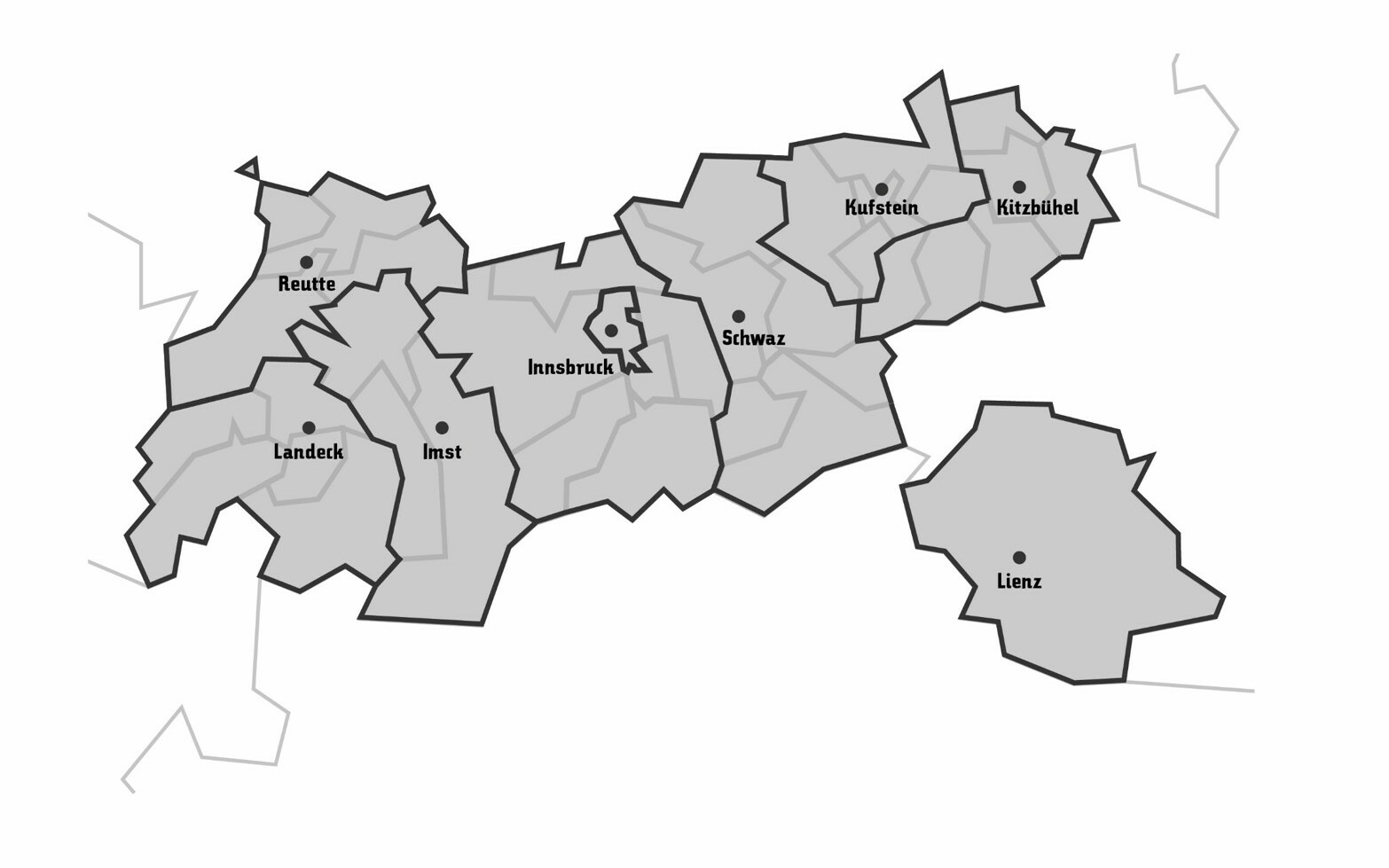
The third largest sporting event in the world is hosted by Tirol in the form of the European Football Championships. The province uses this occasion to make its presence felt internationally with the campaign brand, Tirol:08. Two participating teams select Tirol as their home base: the future European champions Spain stay in Neustift (Stubai Valley), while the Czech Republic's national team stays in Seefeld.
(Photo: Tirol Werbung)
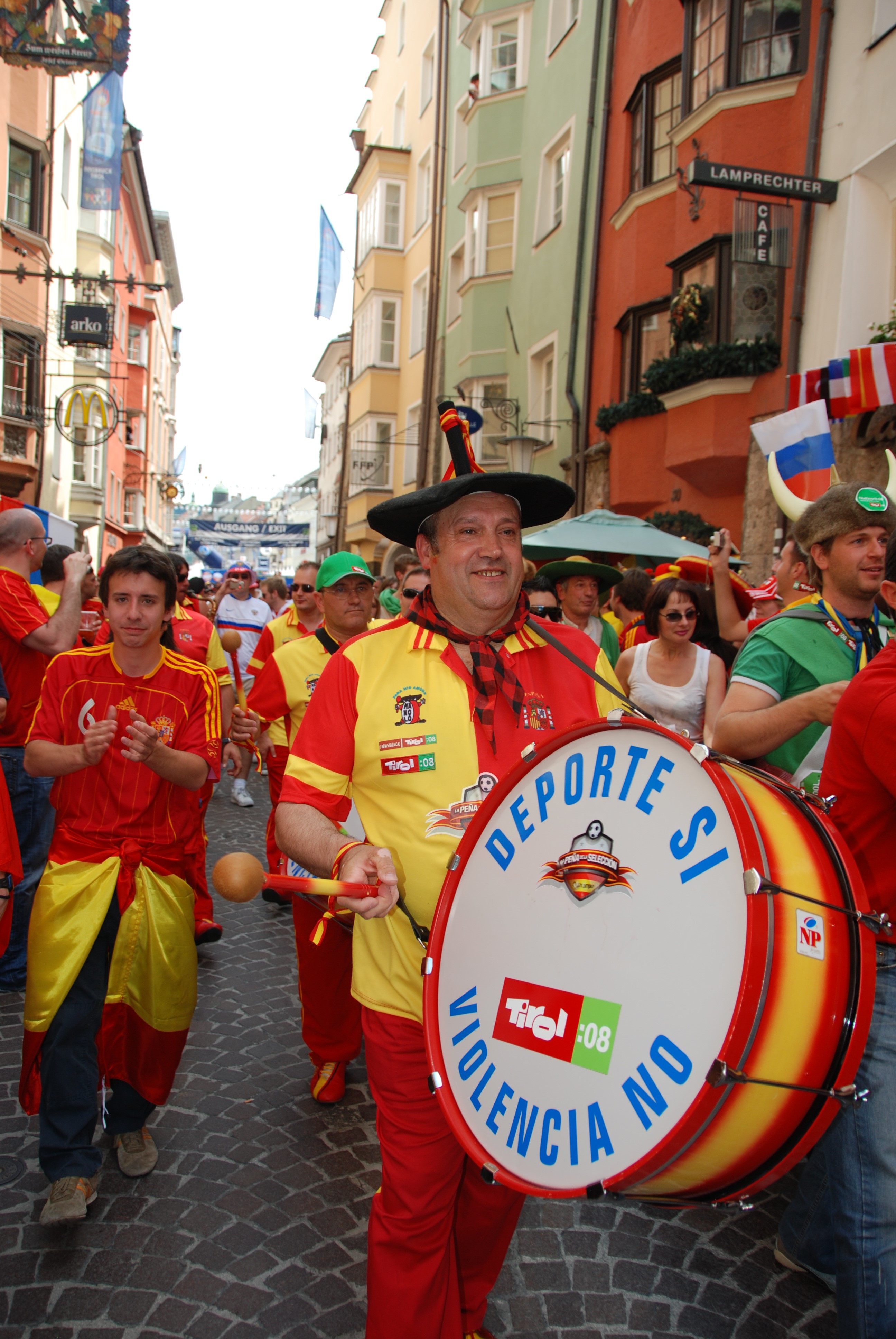
In the 2018/19 tourism year (1st November 2018 to 31st October 2019), Tirol records 12.4 million arrivals and 49.6 million overnight stays. Both are new records.
2019The 2019/20 tourism year gets off to a promising start. But then the Corona pandemic causes worldwide disruption. The tourism industry suffers particularly from the crisis and records - despite a relatively good summer season - a significant drop in arrivals and overnight stays.
2020For more exciting facts and images surrounding the beginnings of Tirolean tourism, we recommend the book "Zu Gast im Herz der Alpen - Eine Bildgeschichte des Tourismus in Tirol" (An invitation to the heart of the Alps – A pictorial history of tourism in the Tyrol) by Michael Forcher, published by Haymon Publishing House in 2015.

